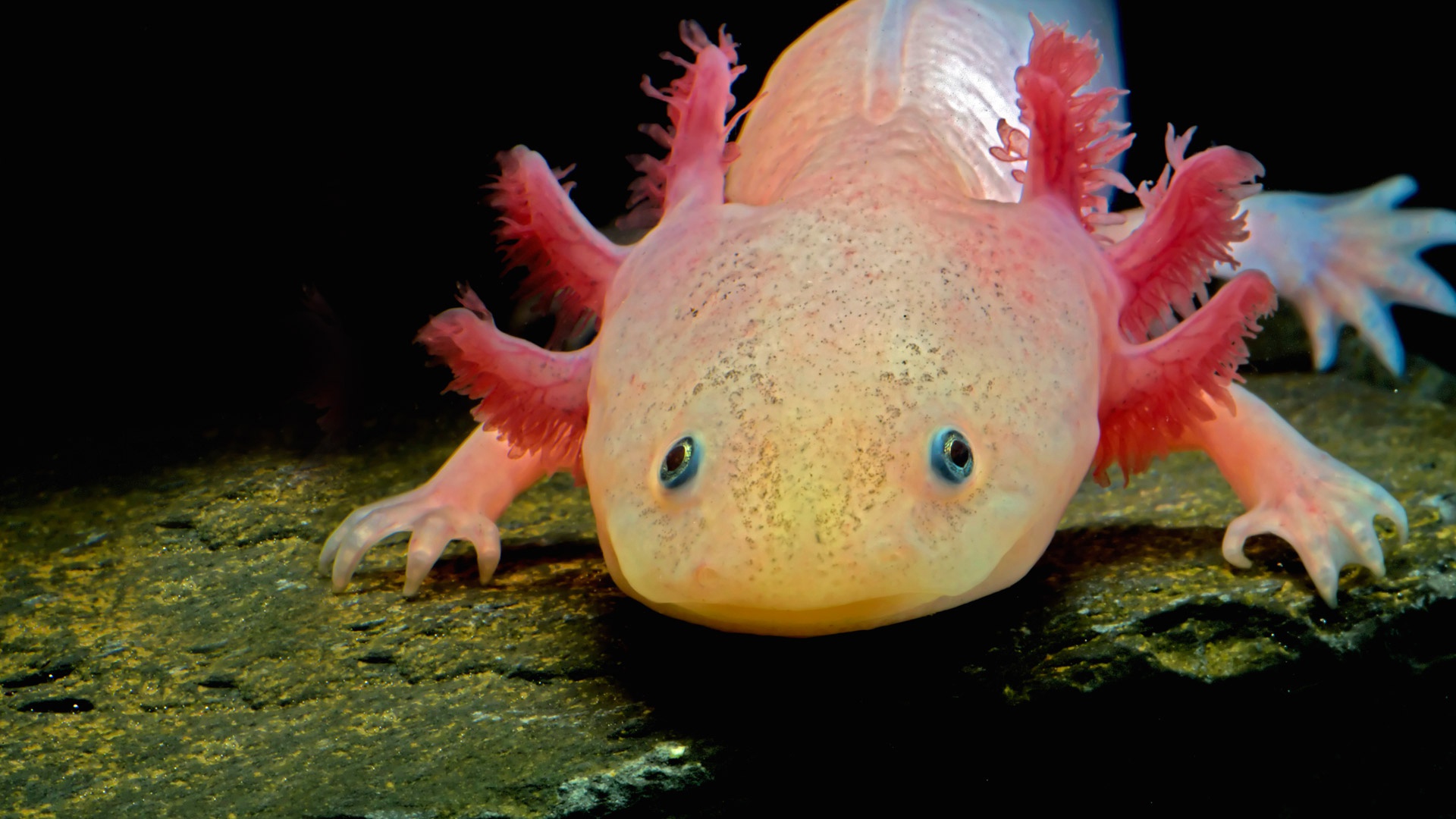Ever see a photo of some bizarre animal online and immediately think, “Okay, that has to be photoshopped”? You’re not alone. The U.S. is crawling, slithering, and swimming with critters so strange-looking, most people outside the country (and honestly, a lot inside it) assume they’re made up. Like, surely that’s not a real salamander with anime eyes. Or a desert antelope that looks like it time-traveled here from the Ice Age.
But surprise! These legendary creatures are very real, very alive, and very American. Some are household names with myth-level reputations, while others are obscure oddballs that make you question if evolution was drunk. Either way, they’re all part of the country’s wonderfully weird wildlife—and they’re here to prove that Mother Nature has range. Buckle up: here are 15 U.S. animals that seem so fake, even your group chat wouldn’t believe they exist.
1. Axolotl
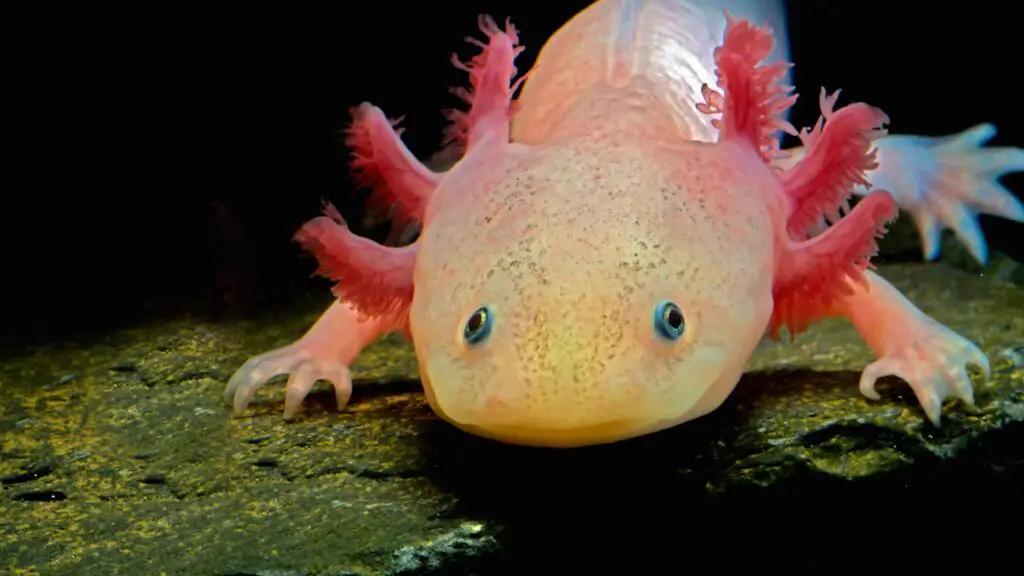
Imagine a salamander that never grows up, sports feathery external gills, and can regrow its limbs like a superhero. Meet the axolotl, a neotenic amphibian that retains its juvenile features throughout its life. Native to the lakes of southern Mexico City, particularly Lake Xochimilco, axolotls have become popular in labs and aquariums worldwide due to their unique regenerative abilities, according to Nat Geo.
Despite their popularity in captivity, wild axolotls are critically endangered, facing threats from habitat loss and invasive species. Their ability to regenerate not just limbs but also parts of their heart and brain has made them a subject of extensive scientific research. So, while they might look like Pokémon, axolotls are very real and incredibly fascinating.
2. Pronghorn Antelope
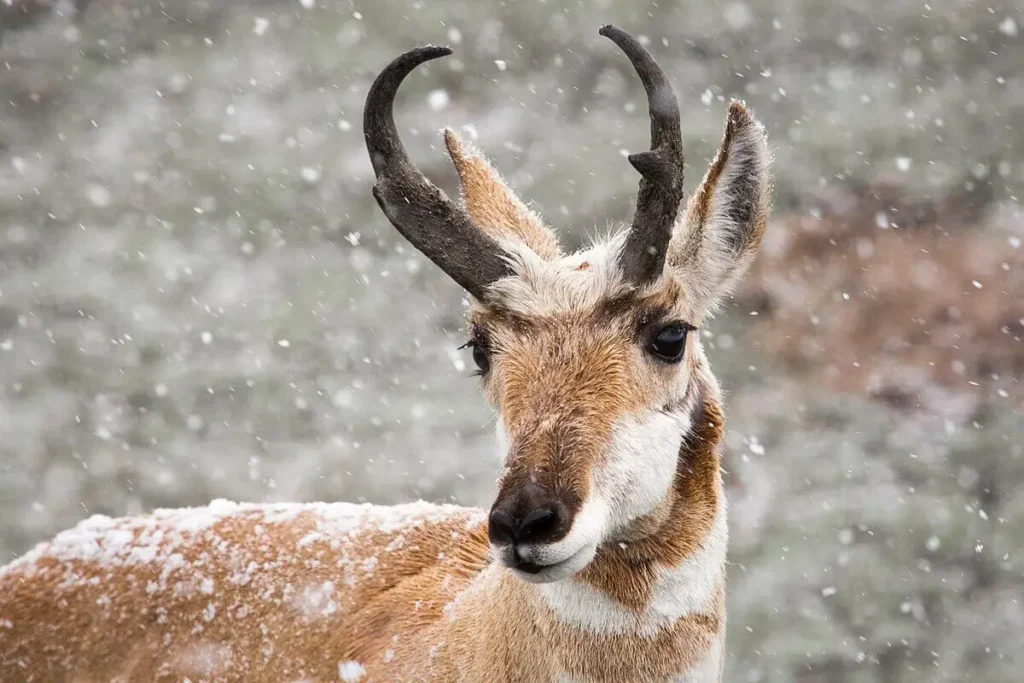
Often mistaken for antelopes, pronghorns are unique to North America and are the only surviving members of the family Antilocapridae. They’re renowned for their speed, capable of reaching up to 60 mph, making them the fastest land mammals in the Western Hemisphere, per The World Wildlife Fund.
Pronghorns have evolved to outrun predators that have long since gone extinct, which explains their incredible speed. Their large eyes provide a wide field of vision, helping them detect threats from afar. Despite their speed, they prefer open plains and grasslands, where they can spot predators early and make a swift escape.
3. American Alligator
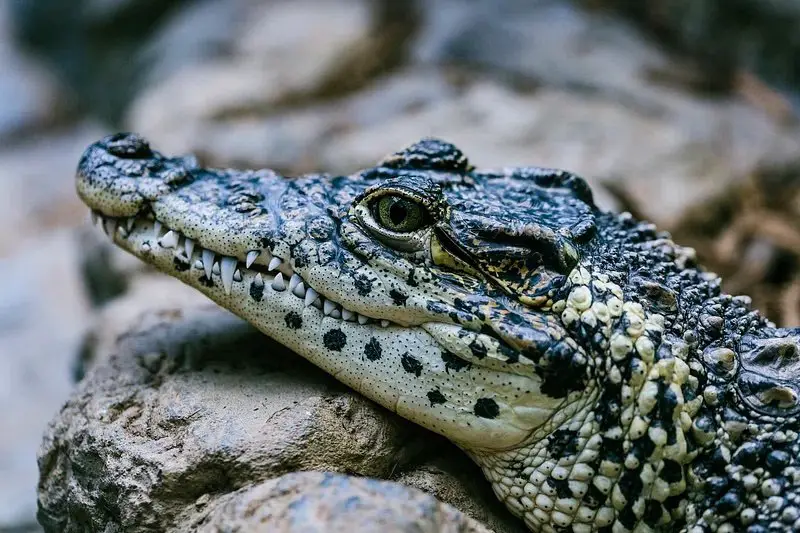
The American alligator is a true testament to survival, having remained relatively unchanged for millions of years. These reptiles are commonly found in freshwater environments like swamps, marshes, and rivers across the southeastern U.S, reports SeaWorld.
Alligators play a crucial role in their ecosystems, creating “alligator holes” that provide habitats for other wildlife during dry periods. Their powerful jaws and stealthy hunting techniques make them apex predators. Despite their fearsome reputation, alligators are also known for their maternal care, with females fiercely protecting their nests and young.
4. Manatee

Manatees, often called “sea cows,” are gentle giants that glide through the warm coastal waters of the southeastern U.S., especially Florida. PBS explains that these herbivorous marine mammals can grow up to 13 feet long and weigh over 1,000 pounds.
Manatees are known for their slow, graceful movements and friendly nature. They spend most of their time grazing on seagrass and other aquatic vegetation. Due to their slow speed and tendency to stay near the surface, they are vulnerable to boat collisions, making conservation efforts vital for their survival.
5. Virginia Opossum

The Virginia opossum holds the unique title of being the only marsupial found north of Mexico. These nocturnal creatures are about the size of a domestic cat and are known for their adaptability and resilience, according to Animal Diversity Web.
Opossums have a prehensile tail that aids in climbing and balance. They’re omnivores, feeding on a diverse diet ranging from fruits and insects to small animals. One of their most famous behaviors is “playing dead” when threatened, a tactic that can deter predators. Despite their somewhat eerie appearance, opossums are beneficial to humans as they help control pests like ticks and rodents.
6. Platypus
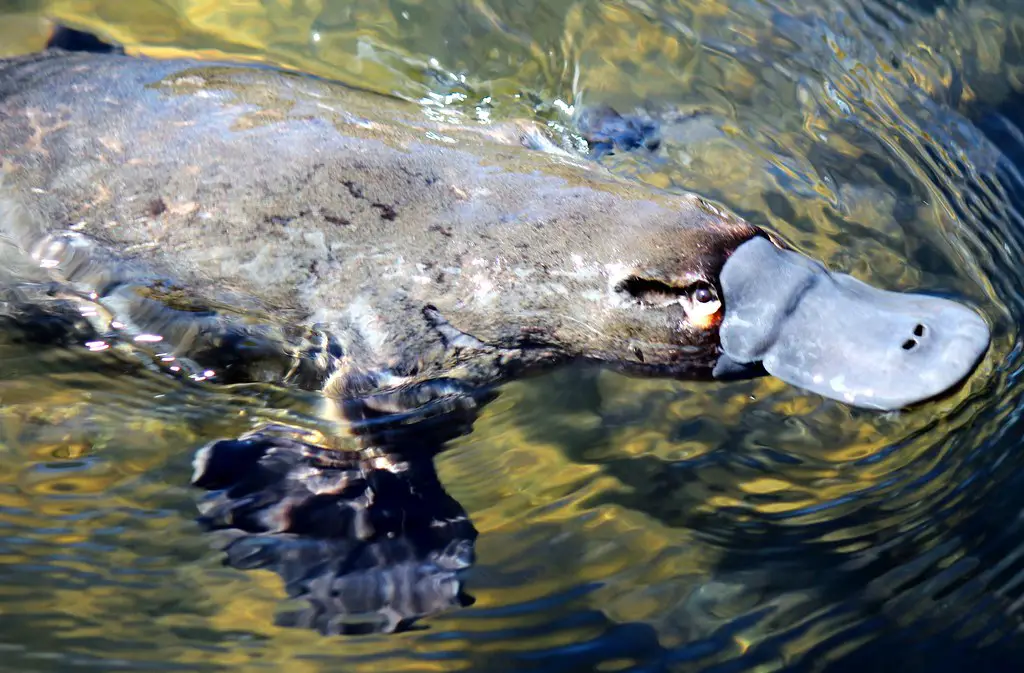
Wait, isn’t the platypus native to Australia? You’re right! But did you know that the U.S. has its own version of a bizarre egg-laying mammal? Just kidding—there’s no American platypus, but the confusion is understandable given the unique and diverse wildlife found across the U.S.
Still, we do have our fair share of “is that real?” fauna. From spiny softshell turtles that look like squishy pancakes with claws to the elusive star-nosed mole with a face straight out of your nightmares, America’s animal kingdom can get just as weird. So, while the platypus may be off the table, we’re not short on nature’s plot twists. You just have to know where to look—and sometimes squint to believe it.
7. Narwhal
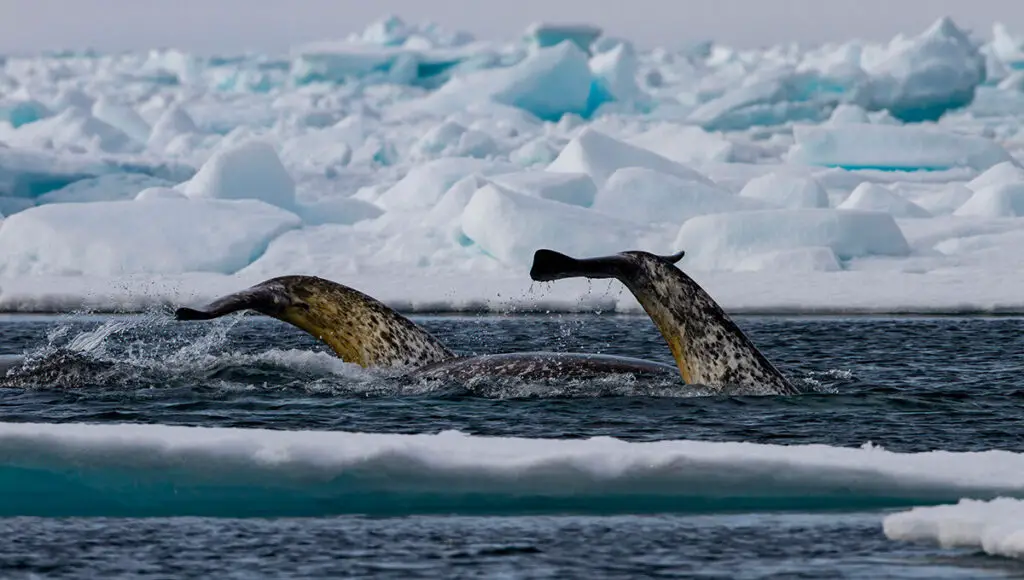
Often dubbed the “unicorns of the sea,” narwhals are real-life marine mammals known for their long, spiral tusks. While they primarily inhabit Arctic waters, their presence in U.S. territories like Alaska makes them part of America’s diverse fauna.
The tusk, which is actually an elongated tooth, can grow up to ten feet long and is filled with nerve endings. Scientists still debate its exact purpose—weapon, sensor, or sexy sea flex—but it remains one of the most mysterious tools in the animal kingdom. Narwhals are shy and elusive, which makes spotting one an actual bucket-list item. Yes, they’re real. No, you’re not dreaming.
8. Shoebill Stork

With a massive shoe-shaped bill and a prehistoric appearance, the shoebill stork is a bird that seems straight out of a fantasy novel. Though native to Africa, its unique look often leads to comparisons with some of the more unusual bird species found in the U.S., like the roseate spoonbill or the California condor.
Birders in the U.S. might not find shoebills stalking their local wetlands, but they’ll definitely come across lookalikes that make you do a double take. America is home to herons, ibis, and cranes with similarly striking silhouettes. The sheer variety of birdlife here, especially in states like Florida and Louisiana, means you don’t have to travel far for a glimpse of the avian uncanny valley. And hey, just because the bill isn’t shaped like a loafer doesn’t mean the bird isn’t fabulous.
9. Pink Fairy Armadillo

This tiny, pink-shelled armadillo looks like a creature from a dream. While it’s native to Argentina, the U.S. boasts its own array of unique armadillo species, such as the nine-banded armadillo, which has been expanding its range northward.
These armor-plated diggers may not be blushing pink, but they’re still plenty bizarre. The nine-banded armadillo can jump three to four feet straight into the air when startled, which is both hilarious and terrifying. They’re also one of the few mammals known to carry leprosy—because being weird wasn’t enough, apparently. Add in their dinosaur-like gait and uncanny nocturnal habits, and it’s easy to see why people think armadillos are cryptids that wandered out of a fever dream.
10. Saiga Antelope

Known for its distinctive, bulbous nose, the saiga antelope is native to the Eurasian steppes. However, its unusual appearance often draws comparisons to some of the more eccentric ungulates found in North America.
Take the moose, for example—massive, gangly, and somehow majestic in its awkwardness. Or the elk, with its bugling war cry and tendency to show up in suburban backyards like it pays rent. The U.S. is full of antlered oddities that could easily be mistaken for mythical beasts. While we don’t have anything quite as bizarrely snouted as the saiga, we’re definitely not lacking in strange snouts, hooves, or necks long enough to qualify as glitchy giraffe DLC.
11. Goblin Shark

With its protruding jaw and eerie appearance, the goblin shark is a deep-sea dweller that occasionally makes its way into the Gulf of Mexico, reminding us that the ocean still holds many mysteries.
This underwater horror show looks like it swam straight off a B-movie poster—and we love it for that. Its extendable jaw shoots out to snatch prey, kind of like a biological party trick from hell. The goblin shark is rarely seen, which only adds to its mythical status. When one does turn up, scientists and thrill-seekers alike geek out, because it’s like stumbling across the real-life aquatic version of the Demogorgon.
12. Glass Frog

These tiny frogs have translucent skin, allowing you to see their internal organs. While native to Central and South America, their unique appearance is reminiscent of some of the transparent aquatic species found in U.S. waters.
Think about it: the U.S. is home to glass shrimp, see-through jellyfish, and other aquatic enigmas that look like they were rendered before their skins loaded. Glass frogs just take it a step further into the uncanny. Their clear bellies allow us to glimpse beating hearts and little digestive dances, which is gross and adorable in equal measure. They’re proof that nature occasionally breaks the fourth wall and lets us peek behind the curtain.
13. Leafy Sea Dragon

Resembling a piece of drifting seaweed, the leafy sea dragon is a master of camouflage. Though primarily found off the southern and western coasts of Australia, the U.S. has its own array of uniquely adapted marine life that showcases nature’s creativity.
We may not have sea dragons, but we’ve got their cousins—the seahorses—twisting through kelp beds like shy, floating punctuation marks. Add to that our bizarre array of pipefish and color-changing cephalopods, and you’ve got a coastal ecosystem that rivals any coral reef fantasy. The leafy sea dragon might not be our native, but the spirit of aquatic eccentricity is alive and well in U.S. waters. Bonus points if you can spot one at an aquarium and convince someone it’s just seaweed with a personality.
14. Pistol Shrimp

This tiny crustacean can snap its claw so fast it creates a bubble that stuns prey and produces a sound louder than a gunshot. Found in warmer U.S. waters, the pistol shrimp is a testament to the surprising power packed into small packages.
It’s basically the action hero of the crustacean world—small, silent (until it’s not), and packing serious heat. The sound it produces can reach over 200 decibels, which is louder than a jet engine. And that shockwave? It’s lethal to nearby fish. In a world where shrimp usually get eaten, the pistol shrimp said, “Nah, I’ll take care of myself, thanks.” Talk about punching above your weight class.
15. Mole Salamander
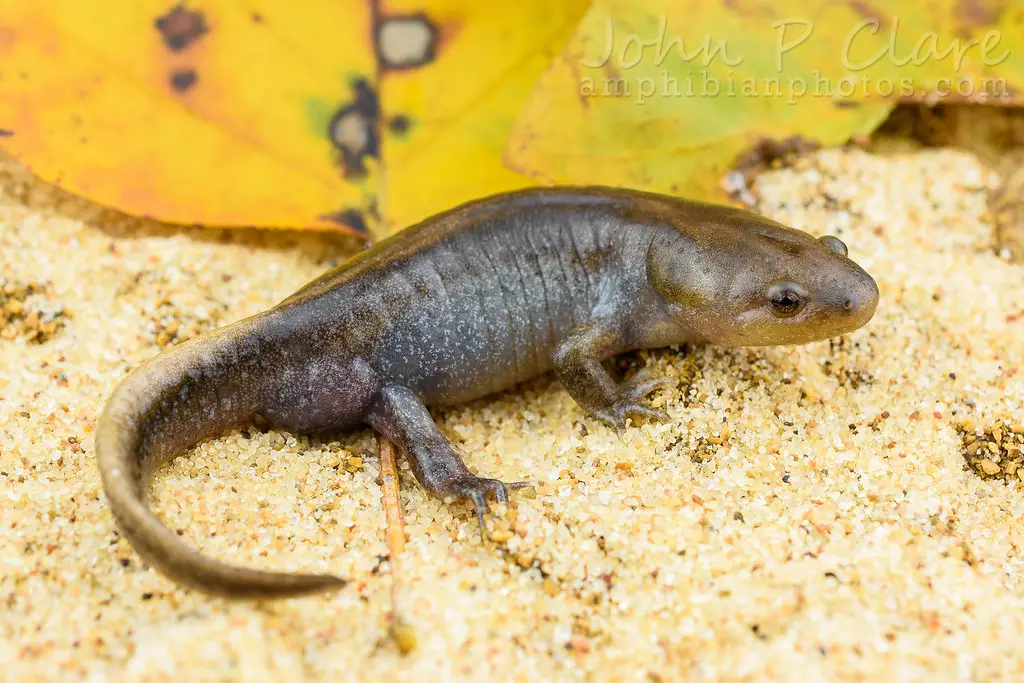
Native to North America, mole salamanders are a group of secretive amphibians that spend most of their lives underground. Their elusive nature and unique life cycle make them a fascinating, if rarely seen, part of the U.S. wildlife tapestry.
They emerge only on rainy nights to breed in vernal pools, adding a layer of folklore-level mystery to their existence. Some species, like the axolotl, never leave the water at all—embracing eternal youth like the world’s squishiest Peter Pan. Others develop lungs, grow up, and burrow back into the earth. It’s like a choose-your-own-adventure tale for amphibians. They may be out of sight, but their role in keeping ecosystems healthy is very real.

